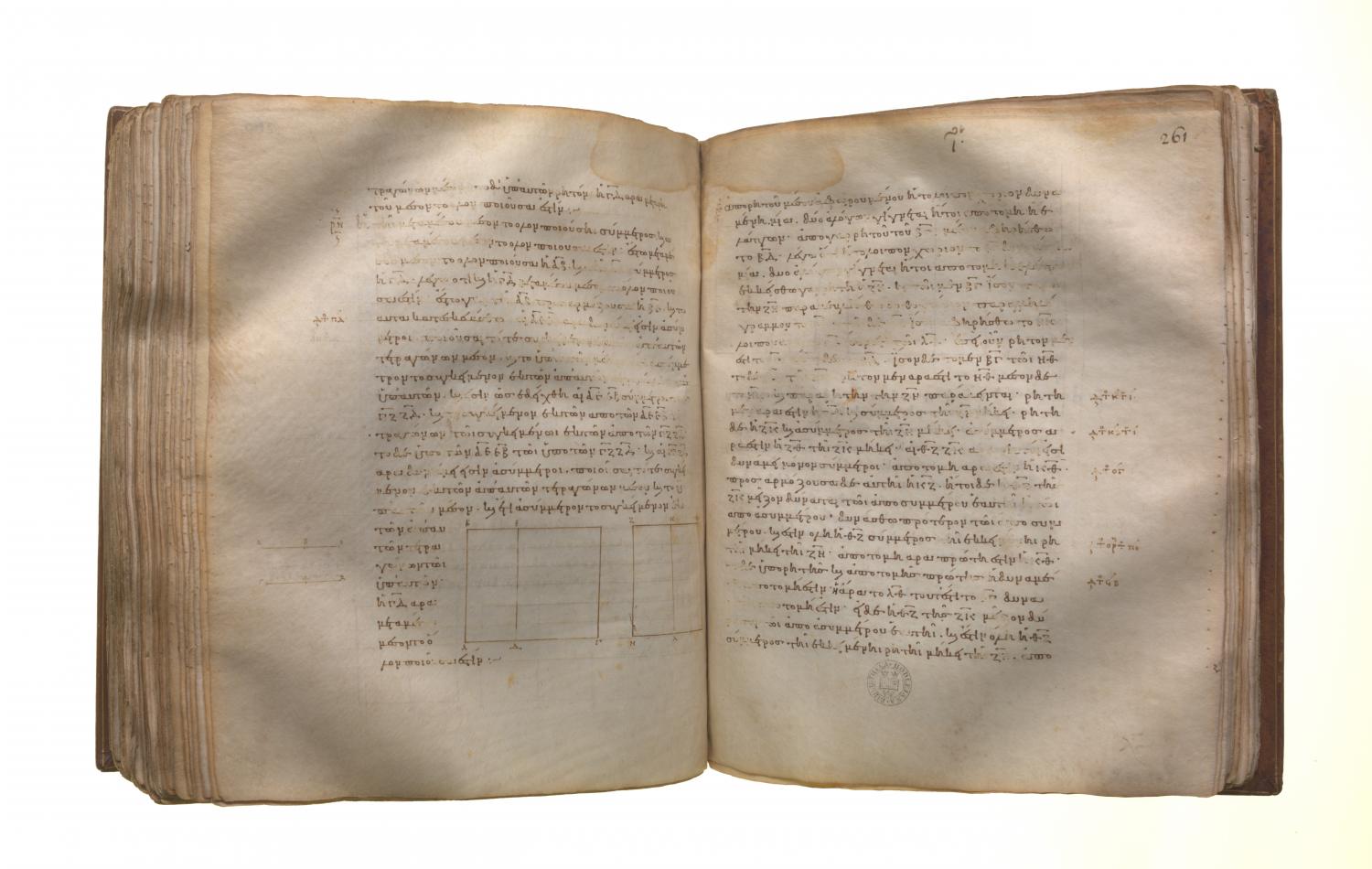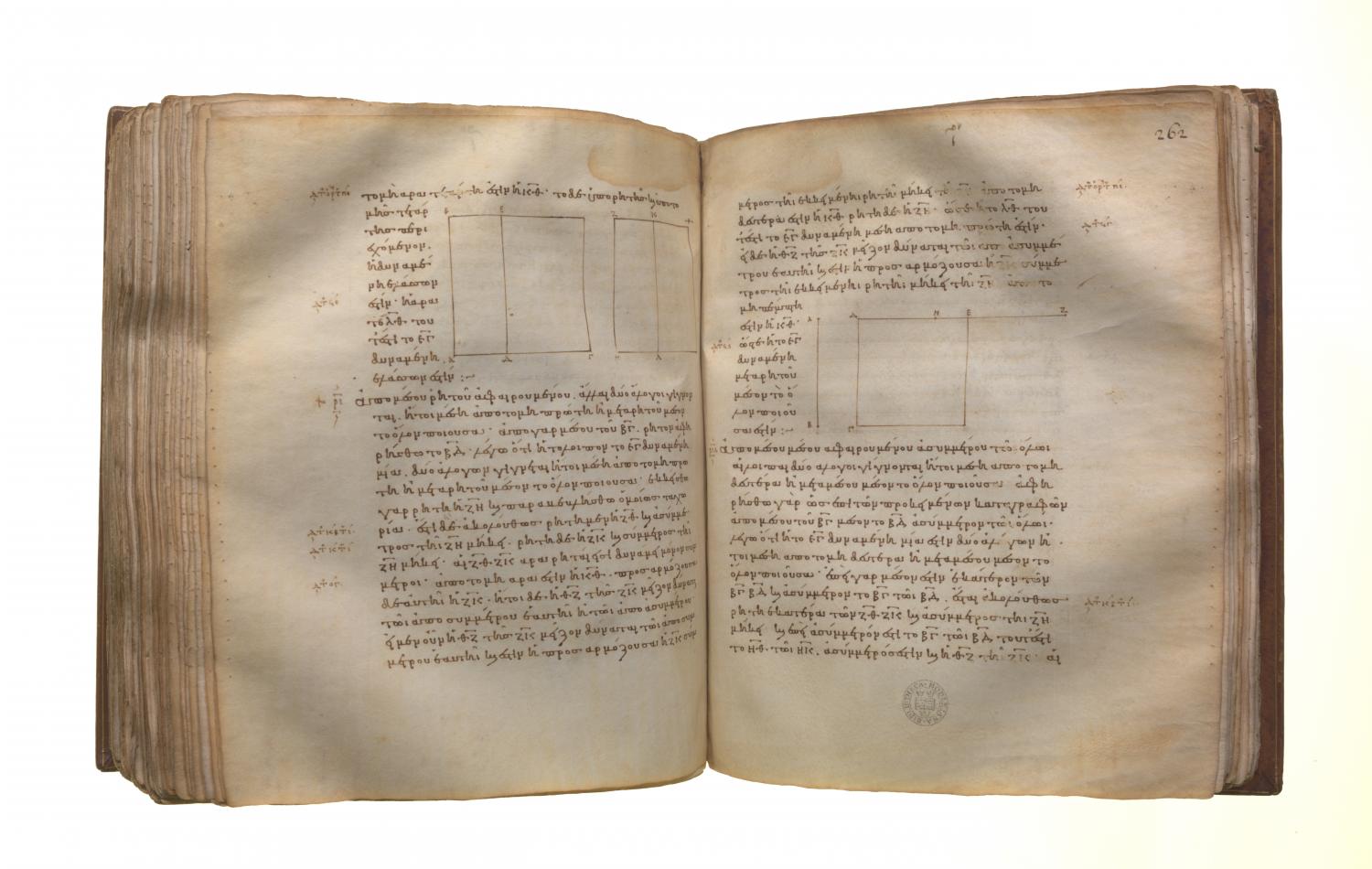Classification of incommensurables: Book 10 Proposition 108
Translations
If from a rational area a medial area be subtracted, the side of the remaining area becomes one of two irrational straight lines, either an apotome or a minor straight line. For from the rational area BC let the medial area BD be subtracted; I say that the side of the remainder EC becomes one of two irrational straight lines, either an apotome or a minor straight line. For let a rational straight line FG be set out, to FG let there be applied the rectangular parallelogram GH equal to BC, and let GK equal to DB be subtracted; therefore the remainder EC is equal to LH. Since then BC is rational, and BD medial, while BC is equal to GH, and BD to GK, therefore GH is rational, and GK medial. And they are applied to the rational straight line FG; therefore FH is rational and commensurable in length with FG, [X. 20] while FK is rational and incommensurable in length with FG; [X. 22] therefore FH is incommensurable in length with FK. [X. 13] Therefore FH, FK are rational straight lines commensurable in square only; therefore KH is an apotome [X. 73], and KF the annex to it. Now the square on HF is greater than the square on FK by the square on a straight line either commensurable with HF or not commensurable. First, let the square on it be greater by the square on a straight line commensurable with it. Now the whole HF is commensurable in length with the rational straight line FG set out; therefore KH is a first apotome. [X. Deff. III. 1] But the side of the rectangle contained by a rational straight line and a first apotome is an apotome. [X. 91] Therefore the side of LH, that is, of EC, is an apotome. But, if the square on HF is greater than the square on FK by the square on a straight line incommensurable with HF, while the whole FH is commensurable in length with the rational straight line FG set out, KH is a fourth apotome. [X. Deff. III. 4]

